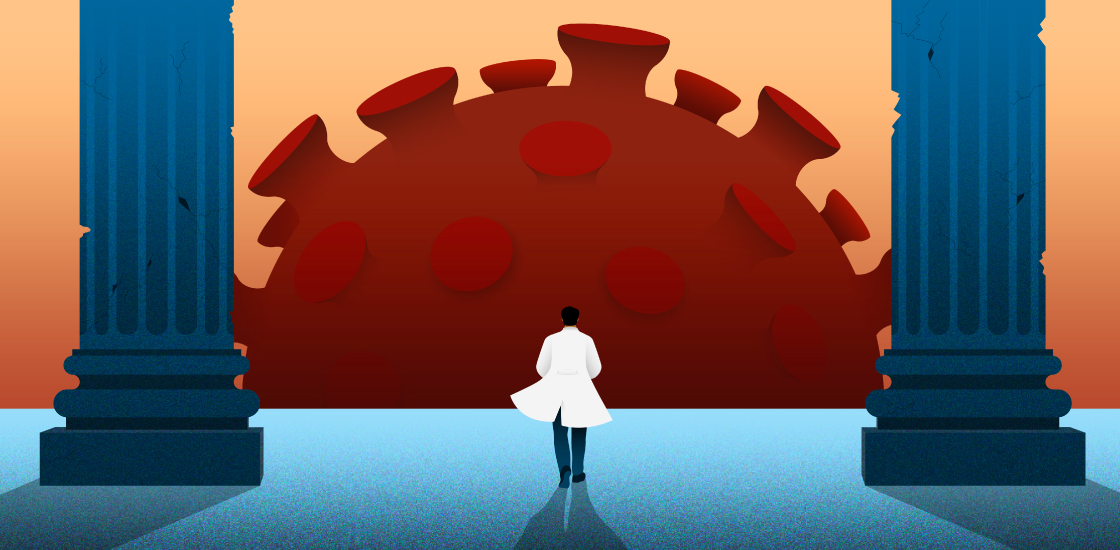Lockdowns in 2020 slowed the pace of autism research a little, but we still published hundreds of stories this year. Some took extra time and attention. Here are our staff picks of this year’s top features, podcasts and special reports. They include what scientists told us about conducting research during a pandemic, why collaboration matters and the vital importance of increasing diversity in the field. Other selections feature the remarkable progress researchers have made in gene therapies for autism, and how one drug approved to treat traits associated with the condition has fallen short of its promise after a decade in use. We also highlight a deep dive into the appeal that radical online communities hold for autistic men, a special report on the intersection of autism and law enforcement, and additions to our ever-expanding brain regions series.
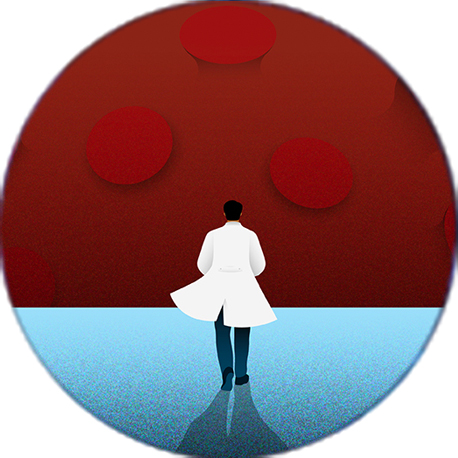 Autism and the coronavirus pandemic
Autism and the coronavirus pandemic
When the pandemic hit, some scientists reached out to tell us how they were starting to run their labs from home. Our reporters also learned how researchers were redesigning their studies and screening for autism from afar. In webinars, researchers and clinicians described COVID-19-related challenges to their research and practices. And as the pandemic rolled on, we reported on its effects on research, publishing and conferences. Scientists and advocates shared guidance for families trying to contend with limited access to services and changes to their routines. And autistic people around the world told us about their own lockdown experiences. We bundled all of this content — 16 stories, 2 webinars and a podcast — into a special report that reveals the pandemic’s widespread reverberations within the autism research community.
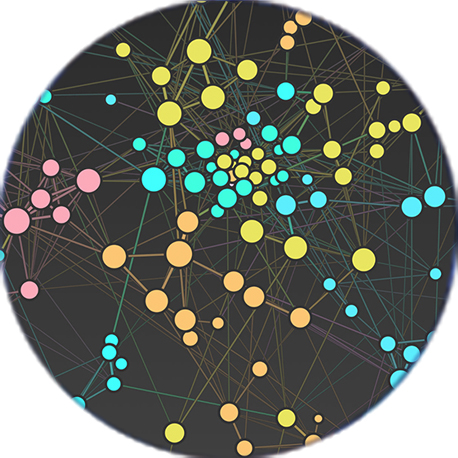
Researcher connections: Understanding a decade of collaborations in autism research
Autism research is interdisciplinary by nature, and scientific partnerships underlie many of the decade’s biggest advances. To explore the field’s keystone collaborations, we built a researcher network from a dataset of more than 35,000 autism-related journal articles and nearly 6,700 grants. Readers can take a guided tour of this network, stopping along the way to hear from the researchers at its center.
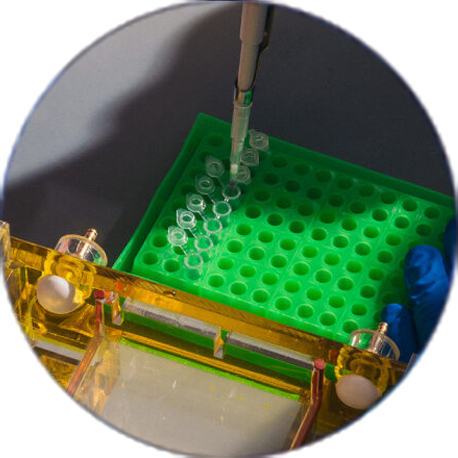
A quest for Quincy: Gene therapies come of age for some forms of autism
Therapies that replace, repair, activate or silence a gene are moving rapidly into the autism space. The first crop of drugs, some of which are nearing human trials, target autism-related syndromes that stem from a single gene. In this story, journalists Lydia Denworth and Brendan Borrell follow one woman’s quest to develop a gene therapy for Angelman syndrome, which her daughter Quincy has. Along the way, they describe the molecular tricks researchers are using to try to correct or compensate for the mutations behind Angelman, Rett and fragile X syndromes.
 Autism in the brain, region by region
Autism in the brain, region by region
Brain areas work together, with their lines of communication continually abuzz. As this special report acknowledges: “If the brain were a house with many rooms, you wouldn’t find autism in just one of them.” Autism’s roots are indisputably distributed throughout the brain, but each area can contribute individually to the condition. ‘Autism in the brain, region by region’ details what we know about these local influences. The report has expanded greatly since it debuted three years ago. Just in 2020, it doubled in size, with the addition of articles about the brainstem, amygdala and striatum, along with a new story and video about the cerebellum. If you haven’t visited lately, check out these renovations to the autism ‘house.’
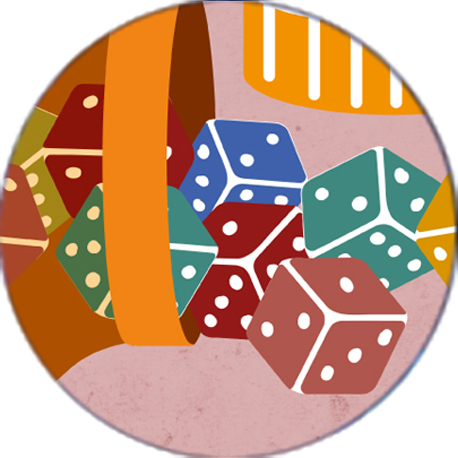 How aripiprazole’s promise for treating autism fell short
How aripiprazole’s promise for treating autism fell short
The U.S. Food and Drug Administration has approved only two drugs to treat autism traits. The newer of the two compounds — aripiprazole, marketed as Abilify — is widely thought to be safer than its competitor, risperidone, marketed as Risperidal. For this story, journalist Hannah Furfaro dug into a decade’s worth of data to examine aripiprazole’s track record. As it turns out, long-term use of aripiprazole can lead to tardive dyskinesia and serious weight gain, just as risperidone can. It might also be linked to heart problems in autistic children.
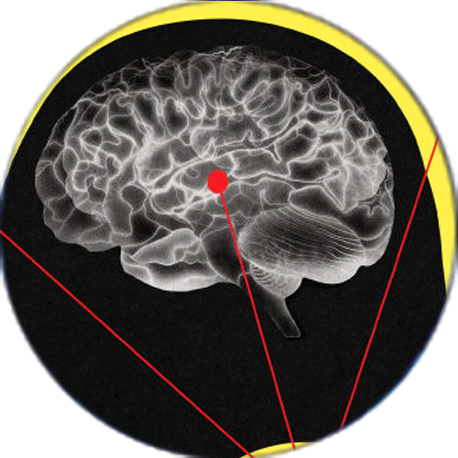 What it’s like to be a Black autism researcher
What it’s like to be a Black autism researcher
Autism research is an overwhelmingly white field — one in which Black researchers say they experience both overt and covert racism. That discrimination seeps into the science, perpetuating inequalities that delay diagnosis for Black children and prevent them from accessing services. In this podcast, Spectrum spoke with four Black autism researchers about being the only Black people in their labs, how police killings have affected them and their work, and how they are fighting for a future that includes and supports more Black autism researchers.

Radical online communities and their toxic allure for autistic men
The term ‘incel,’ short for ‘involuntary celibate,’ refers to men who have lost hope of finding a romantic partner. Incels gather in online communities that tend to attract autistic men, likely to their detriment. The forums often breed hateful views, and some encourage aggression or self-harm. Spending time on them also may divert men from trying to expand their real-world social lives. Investigative journalist Brendan Borrell describes the perils these forums present, why autistic men may be drawn to them, and what might prevent or mitigate the attraction.

When autism and law enforcement meet
Autism traits can confuse and alarm first responders who are not trained to recognize them. And as many headlines attest, encounters with police in particular can be dangerous for autistic people, and too often lead to violence and lasting trauma. This special report covers the challenges of training police to navigate these interactions, and of dealing fairly with autistic people behind bars and elsewhere within the criminal justice system. Some experts say to minimize violent and inappropriate use of force against autistic people, families need to rely on other resources, such as neighbors and mental health professionals, in a crisis.
